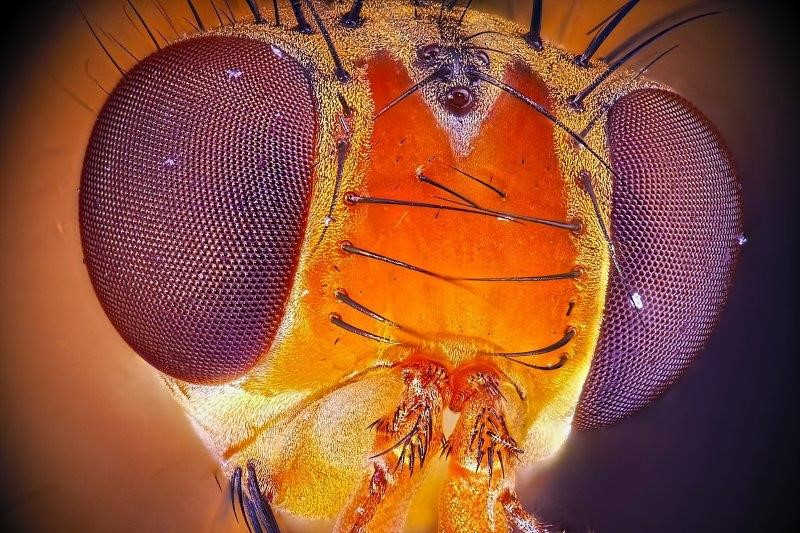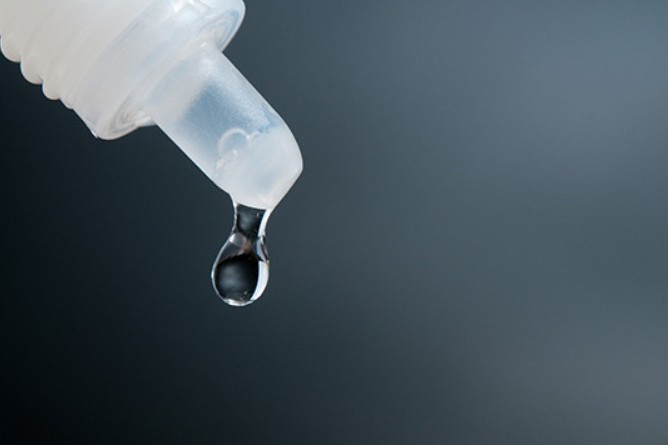Fruit flies lens learnings
An international team of scientists has successfully replicated the anti-reflective and self-cleaning properties found in the nanostructures covering the corneas of the eyes of small fruit flies, creating a natural and cost-efficient technique for nanocoating.
Scientists from the Far Eastern Federal University (FEFU) in Russia teamed up with colleagues from the Universities of Geneva and Lausanne and the Swiss Federal Institute of Technology to artificially reproduce the nanocoating of the corneas of fruit flies, which is designed to protect the insects’ eyes from the smallest dust particles and shut off light reflection.
"We are able to produce the nanocoating in any required quantity given that its design is more cost-effective compared to the modern methods of manufacturing similar structures," said Professor Vladimir Katanaev from the FEFU School of Biomedicine. "The development has broad applications. For example …an antibacterial layer for medical implants and a self-cleaning coating for contact lenses and windshields.”
The mechanism underlying the formation of the Drosophila flies’ protective corneal nanostructures is a self-organising process, first described by Alan Turing in 1952, as a reaction-diffusion mechanism. This mechanism is also responsible for the patterns forming on the fur of a zebra or a leopard. The nanostructures protecting the fruit flies’ corneas are the first established example of Turing patterns in nanoscale.


























